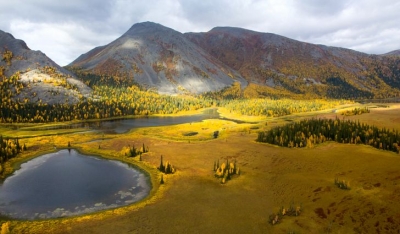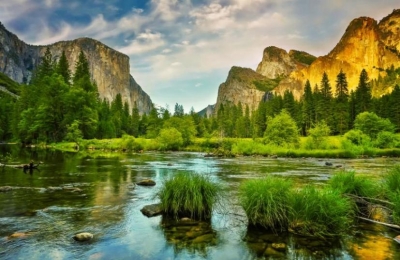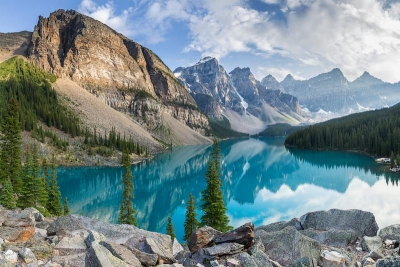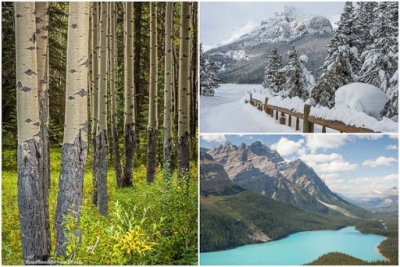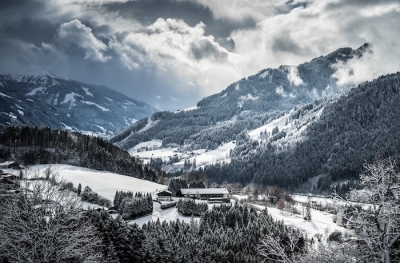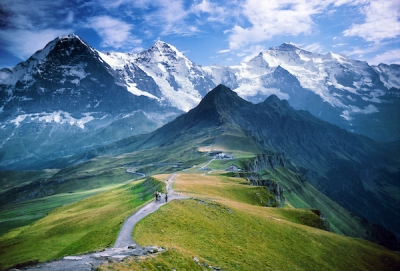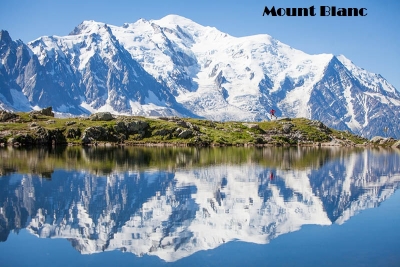
The Alps are the longest and highest mountain range in Europe. The name Alps most likely comes from the Latin word ‘albus’ which means ‘white’. These mountains have 82 official summits of 4,000 m and above. All these peaks, also referred to as ‘four-thousanders’, are located within France, Italy or Switzerland.
The highest of the four-thousanders is Mont Blanc which rises to 4,807 m. Mont Blanc means White Mountain, both in French and Italian. It is named so because it is covered in heavy snow all year round. Mont Blanc is part of the Mont Blanc massif (group of mountains) which contains eleven major independent summits, each over 4,000 m in height. Mont Blanc was first summited in 1786 by Jacques Balmat and Michel-Gabriel Paccard.
Monte Rosa lies between Italy and Switzerland. At 4,634 m, it is the second highest mountain in the Alps and the highest in the Swiss Alps, which has 10 peaks higher than 4,000 m. Monte Rosa was first summited in August 1855 by a group of alpinists.
Another notable mountain is the Matterhorn. It lies on the border between Italy and Switzerland and is Switzerland’s most famous mountain. At 4,478m the Matterhorn is one of the highest mountains in the Alps. The mountain’s four sides face the four cardinal directions- north, south, east and west. It was first summited in 1865 by a group of mountaineers. Around 500 alpinists have died trying to climb the Matterhorn, making it one of the deadliest peaks in the world.
Jungfrau, which falls in Switzerland, is one of the main summits of the Bernese Alps (Jungfrau’s parent range). The mountain is 4,158 m tall and is located between the northern Canton of Bern and the southern Canton of Valais. Jungfrau was first summited in August 1811 from the eastern side by two Swiss brothers named Rudolf and Hieronymus Meyer.
Picture Credit : Google
